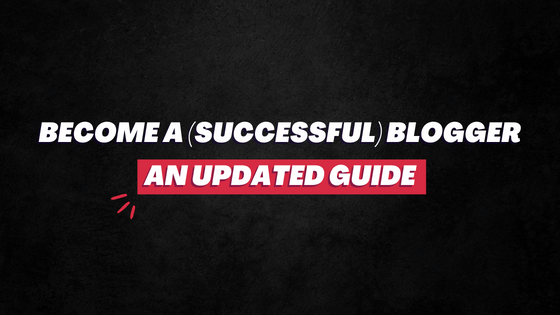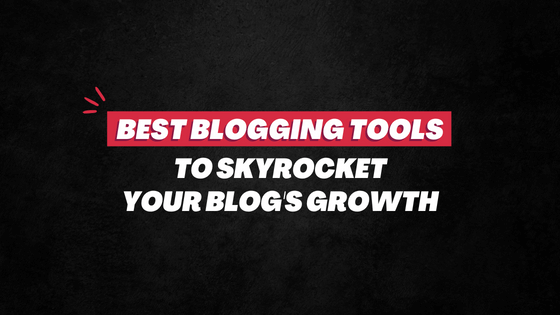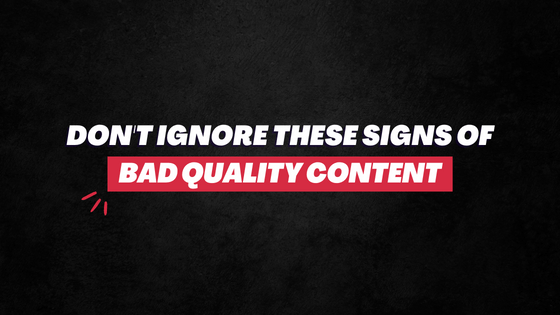Did you know that 8 out of 10 people will read your headline and only 2 people will go on to finish the article?
Writing a blog headline that’s catchy (and SEO-friendly) is more important than ever.
If not, your Click-Through Rate will be low, which will then hurt your organic ranking. (Read: Is Low CTR Killing Your SEO Ranking?)
However, coming up with such magnetic titles isn’t so easy, is it?!
There exist certain “science-based” facts, personal formulas, and a good sense of understanding about the target audience behind the clickable headlines you read of top bloggers and publishers.
Here are 9 blog headline best practices that for bloggers and content marketers to apply instantly:
How to Make A Blog Headline Catchy and Clickable?
1. Have List-Based Titles with Odd Numbers
A list-based article looks more sorted, clean, and easy-to-consume. This is why people always prefer them over other formats.
When using numbers in the headline, use odd ones. They have a 20 percent high Click-Through Rate (CTR) because, according to science, the brain seems to believe odd numbers more than even numbers. And that odd numbers help people remember and recall information much more quicker.
Here’s an image showing what kind of headlines get more traffic…
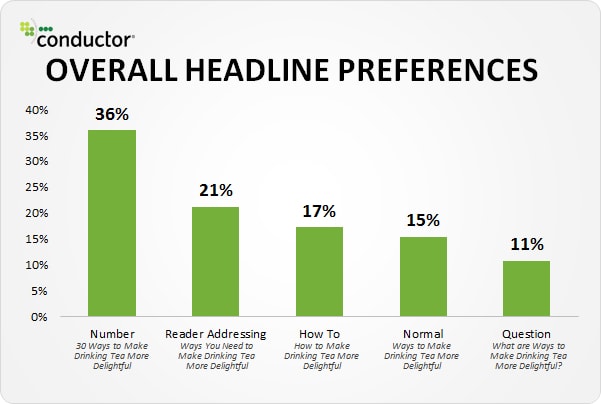
2. Make It Problem Solver with “How to”
As is shown in the image above, “how-to” headlines are also very popular. Why?
First, they are often keyword-rich. When looking for solutions, people usually include ‘how to’ in their queries.
Second, these headlines show that the article will solve some kind of problem. And given people are looking exactly for a solution, they will more likely click on this headline.
So, use the how-to format wherever seems fit.
3. Address The Target Audience
You must tell in your headline who this article is for. Meaning, you must address the readers directly.
“Students” “Teachers” “Employers” “Bloggers” “Mothers” – including exact segments like these will easily tell who should read your post.
You can also address your audience with “you” or “your”. But in that case, make sure the remaining of your title is clearly suggesting who this article is written for and what kind of problem is it solving.
4. Make it Very Specific
As is with long-tail keywords these days that are descriptive and telling, the more specific your headline is, the more will people click on it.
Answer ‘what, how, why, and when’ in the title. Be as specific as possible — be it in a specific audience base, demographic, or date.
For example, the above-mentioned segments can be made even more specific like “First-time mothers” “India-based Bloggers” “Elementary School Teachers”.
The more specific your headline is – or the more specific problem it solves – the more traffic it would get.
Of course, you have got to be a bit creative as well here to not cross the character-count limit.
5. Optimize it For Search Engines and Social Media
Do not let the blog post title length cross 60 characters. Search engines would usually ignore the remainder. This will hurt your Click-Through Rate (CTR).
As for social media platforms, the ideal blog title length for Facebook is 40 characters, and 120-130 characters for Twitter.
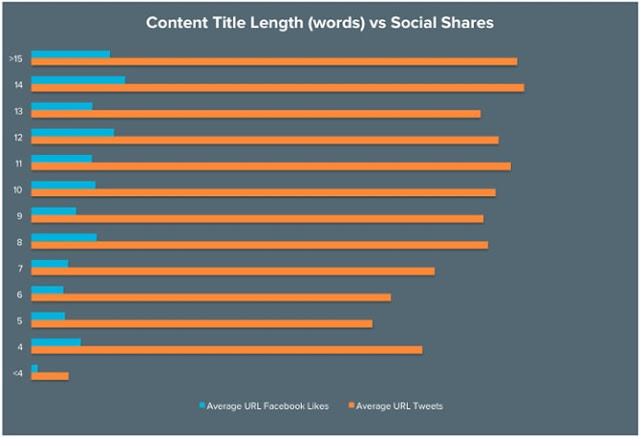
Also, should blog post titles be capitalized? No, they should not. Go for the sentence case. 64 percent of people prefer that, as opposed to 21 percent who like all capital.
I prefer ‘Capitalize Each Word’.
6. Use Powerful Words
The more powerful words you use in the headline, the more emotional, enticing, and clickable it would be.
Now, exclusive, shocking, most, perfect, overcome, maximize, epic, trustworthy, expert, immediately, never, hack, killer — these are some of the powerful words that always grab attention.
Here’s a nice list of powerful words and phrases put up by Buffer.
7. Add Negative Words
A 2012 study done by Outbrain on 65,000 paid link titles found:
- Headlines containing positive superlatives like “best” and “always” performed 29 percent worse than the ones with negative superlatives.
- Headlines containing negative superlatives like “never” and “worst” performed 20 percent better than the ones with positive superlatives.
So get used to using words like nothing, avoid, worst, never, don’t, and no way.

8. Do Not Entirely Rely on Headline Analyzers
There’s a sizeable list of decent blog headline generators and other tools that can be of great help.
CoSchedule Headline Analyzer is possibly the best in the market right now.
Once you have come up with a nice headline, it will grade it on the basis of different parameters like headline format, word count, emotional appeal, and so on.
Another nice tool is AMI’s Emotional Headline Analyzer. It’s a rather basic tool that tells whether the title is emotional enough to captivate the audience and get their likes/retweets.
You can take help from these tools. However, I wouldn’t recommend completely depending on them. They aren’t always reliable.
9. Take At Least 10-Minutes
One of many big mistakes bloggers and content marketers make is rushing through when writing titles. Don’t be one of them. Regardless of how great your post is, if it isn’t accompanied by a perfect title, it would fail.
As much as we’re advised against it, people always judge a book by its cover.
So take at least 10 minutes to think of a magnetic blog post headline. You can’t apply all the tips, principles, and formulas in one headline. So, select the ones that suit the most.
Start with a basic headline. Include keywords in it. And then keep on modifying it for some time.
You will eventually come up with a very good title that’s going to unlock higher traffic for your blog post.
These are 9 best practices on how to create a killer blog headline.
Here are some template-like blog title idea suggestions from Hubspot…

Note: There aren’t any headline writing rules per se. No guidelines for writing headlines. Non.
You will find many top bloggers and marketers breaking the boundaries with their own headline formulas — be it by exceeding characters limit or using obsolete words.
So, at times, don’t be afraid to break the boundaries yourself.
At times, come up with unique, different and unconventional headlines and see how they perform.
If you’re looking for great headline examples and some amazing blog headline ideas, you should definitely head to Buzzfeed and Upworthy. You will find a pool of magnetic copies there that you can’t help but click on.
Once you manage to learn to craft catchy headlines, you would immediately see a difference in your blog traffic.
Matter of fact, why don’t you try it right away?
Go to one of your poor-performing blog posts and tweak the headline. Check back after a few weeks to see if there’s any difference. You will likely see a good result!
For more on content marketing strategy and SEO to boost traffic, follow Spell Out Marketing on Twitter! 🙂
